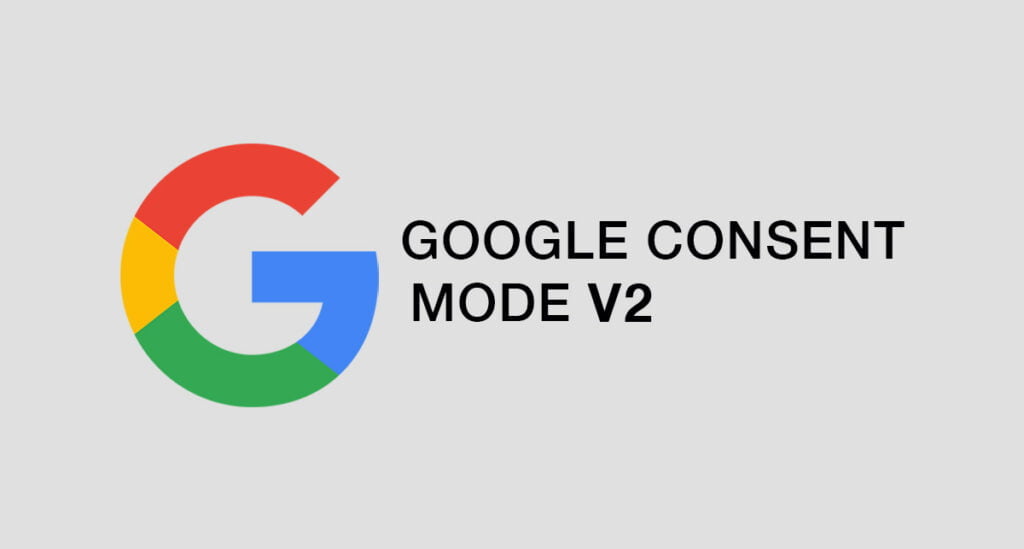Google begins reviewing Consent Mode implementations
Now there has been information that Google will start reviewing websites in the EU that have implemented Consent Mode correctly and meet the requirements. If they have not done a correct implementation that does not meet the requirements, Google may turn off remarketing lists and disable conversion tracking.
What you need to know
Consent Mode V2 represents a significant evolution in how companies handle user data and consent on the web, particularly in the context of the GDPR (General Data Protection Regulation) in Europe. This system gives website owners the ability to customize their data collection based on the user’s consent settings, ensuring that user privacy is respected while still allowing valuable user data to be collected legally.
This version of Consent Mode offers enhanced capabilities to accurately measure and manage how cookies and similar technologies are used on a website. For businesses, this means greater flexibility and precision in managing consent, which is critical to maintaining trust and compliance with data protection regulations. By implementing Consent Mode V2, organizations can improve their chances of compliance while optimizing the user experience by respecting visitors’ personal data preferences.
The difference between old and new Consent Mode?
Consent Mode V2 is an updated version of Google’s user consent management tool, designed to improve the interaction between websites and users’ privacy preferences. This new version introduces significant improvements over the original Consent Mode, most notably in how it manages and respects user consent to cookies and data collection.
One of the biggest changes in Consent Mode V2 is its improved ability to dynamically adapt to users’ consent settings in real-time. This means that the website can automatically adjust what data is collected and what services are enabled based on the user’s choices, which not only improves the user experience but also increases compliance with data protection regulations.
Additionally, V2 includes more detailed logging capabilities that help website owners better understand and document how consent is managed and used. These improvements make Consent Mode V2 a more powerful tool for website owners looking to comply with GDPR and other data protection laws while respecting the privacy of their users.
Step by step guide for implementation
Implementing Google Consent Mode V2 on your website can be a crucial step in improving both user experience and data protection compliance. Here is a practical step-by-step guide to help you successfully implement this important feature.
Step 1: Update your consent management tool
Make sure that the tool you use to manage consent is compatible with Consent Mode V2. This may involve updating or replacing the tool. The tool must be able to handle the variables that Consent Mode V2 uses to record user choices.
Step 2: Configure tags for Consent Mode V2
Use Google Tag Manager or a similar service to add and configure the necessary tags. You must set up the ‘ad_storage’ and ‘analytics_storage’ tags to respect the consents given by users. This governs how ads and analytics tools are allowed to use data collected from users.
Step 3: Test your implementation
Before you launch the changes on your live site, it is critical that you conduct extensive testing to ensure that consent settings are handled correctly. Test different user consent scenarios to ensure that data collection is adjusted as intended.
Step 4: Monitor and adjust
After you implement Consent Mode V2, it’s important to continuously monitor how well your system is performing. Be sure to collect feedback from users and use that data to make necessary adjustments to your consent settings and tags.
Read more about the implementation of Consent Mode V2
Here you can read Google’s own guide for implementing Consent Mode V2 or how to upgrade from the old version.Read more
What happens if you don’t have an approved implementation?
In a world where data protection is becoming increasingly important, it is crucial for website owners to stay up to date with the latest tools and technologies for user consent. Consent Mode V2, an update to Google’s user consent management framework, is specifically designed to improve compliance with data protection laws like GDPR. Failure to implement this version can lead to several significant limitations and risks.
First, if Consent Mode V2 is not implemented correctly, Google may restrict the collection and use of valuable user data on your website. This means that website owners may lose important insights into user behavior and the effectiveness of online advertising and marketing campaigns. This data is crucial for optimizing website performance and improving the user experience.
Additionally, incorrect or non-implementation of Consent Mode V2 can lead to legal consequences. Websites that do not comply with GDPR and other similar data protection regulations risk being fined or otherwise sanctioned. This can be damaging both financially and in terms of brand reputation.
Google may also decide to limit a website’s visibility in search results or on other digital platforms as a way to protect users from potential data breaches. This would directly impact the website’s traffic and overall online visibility.
To avoid these consequences, it is wise for companies to not only implement Consent Mode V2 but also ensure that it is done correctly and in compliance with applicable laws and data protection best practices. Ensuring proper management of user consent is key to maintaining user trust and securing a sustainable digital presence.

Do you want help with implementation?
We can help you with the implementation of Consent Mode V2 and ensure that it is correct and complies with the requirements of Google and according to GDPR laws. If this sounds interesting, please feel free to contact us below.

